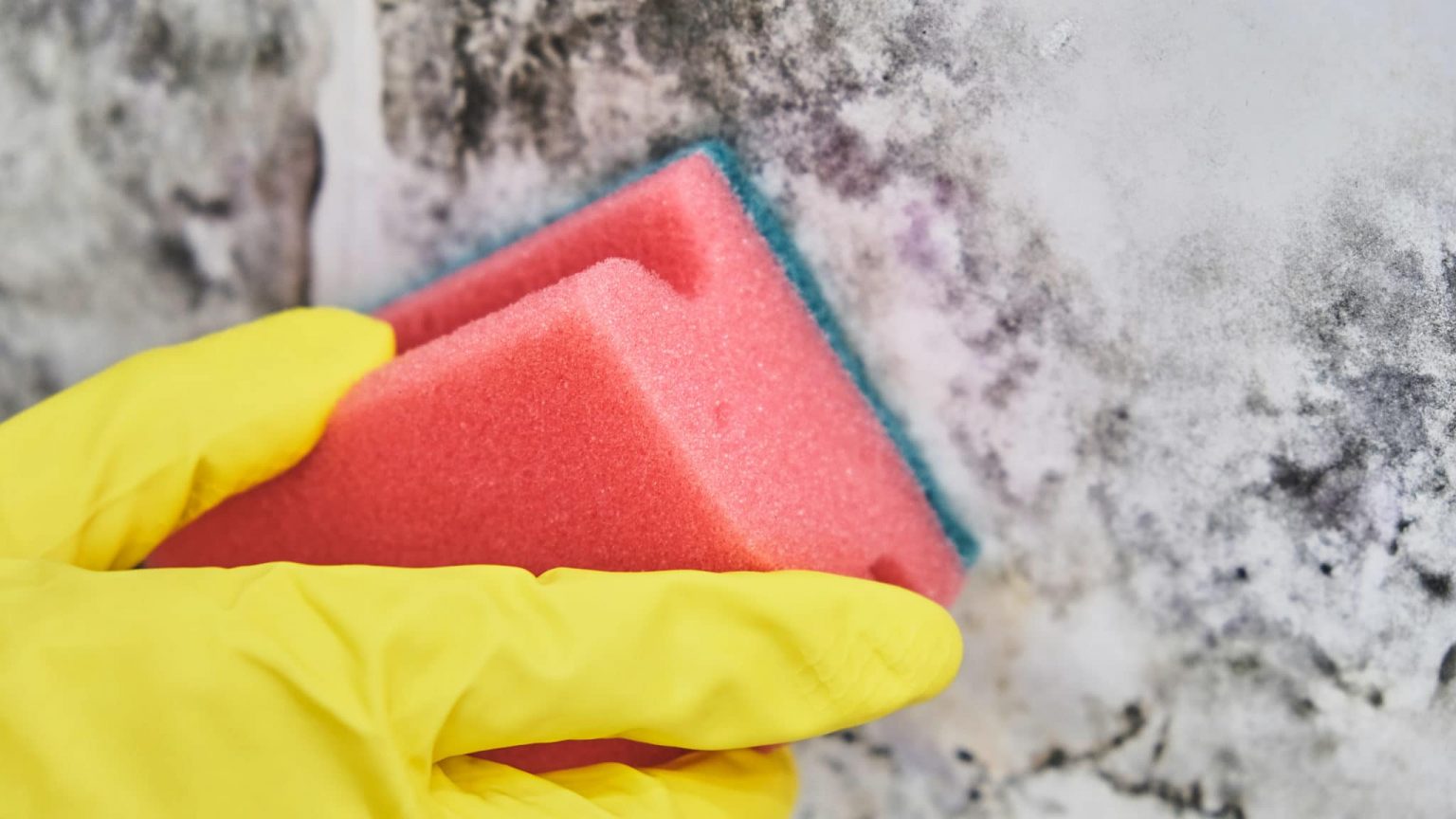What Are the Different Types of Allergies?
There are many types of allergies, each with its own causes and symptoms. No matter which one you’re dealing with, Alpine Ear Nose & Throat PC is here to help you manage your condition.

Seasonal Allergies
What Are the Symptoms of Seasonal Allergies?
- Congestion and runny nose
- Sneezing or coughing
- Watery, itchy or red eyes
- Itchiness or irritation on the nose, throat or mouth
- Mucus that runs down the back of your throat, also known as postnasal drip
- Fatigue
How Long Do Seasonal Allergies Last?
Seasonal allergies occur during specific times of the year. They are common during spring when trees and flowers bloom and fall when ragweed is at its height.
How Can I Treat Seasonal Allergies?
One of the most effective ways of managing seasonal allergies is to reduce the time spent outdoors when pollen counts are at their peak, especially on dry, windy days. This usually occurs during the early morning and evening hours. Close windows and run the air conditioner. Additionally, using a high-efficiency particulate air (HEPA) filter indoors can help keep the air clean.
If you do have to go outside, consider these precautions:
- Wear sunglasses or a dust mask.
- Keep the windows of your vehicle rolled up while driving.
- When back indoors, shower and change your clothes to ensure that you don’t have any pollen on you.
You can also use over-the-counter medications to relieve seasonal allergy symptoms. Antihistamines will help reduce sneezing, itching, watery eyes and runny nose. Decongestants help with nasal congestion. An allergist may recommend a long-term treatment method in more severe cases. Irrigating the nasal passages with a Neti pot or similar rinse can also prove beneficial. If medical treatment is ineffective, talk to your allergist about immunotherapy options (allergy shots).

Mold Allergies
Who Is at Risk for Mold Allergies?
Those with a family history of allergies and asthma, or people who live in a building with high humidity, excess moisture or poor ventilation, are more likely to experience mold allergy symptoms. Additionally, certain occupations are risk factors, including:
- Farming
- Dairy work
- Logging
- Millwork
- Baking
- Carpentry
- Greenhouse work
- Winemaking
- Furniture repair
What Helps With Mold Allergies?
Preventing the growth of mold is a key element of treating this type of allergy. Take steps like using a dehumidifier, fixing leaky pipes, running your bathroom fan or keeping the windows open and using an air conditioner with a HEPA filter.
Mold allergies can be treated with the same medications you would use for seasonal allergies, including antihistamines, decongestants and nasal sprays. A prescription drug called Singulair has proven helpful in the treatment of mold allergies.
Food Allergies
What Are the Symptoms of Food Allergies?
Reactions from food allergies typically occur within several minutes to two hours after eating. Common symptoms include:
- Itching or irritation of the mouth
- Swelling in the lips, tongue, face or throat
- Itching, hives or eczema
- Trouble breathing or nasal congestion
- Abdominal pain, diarrhea, nausea or vomiting
- Dizziness or fainting
In some instances, food allergies can cause a potentially life-threatening reaction known as anaphylaxis. Symptoms included restricted airways, a swollen throat, a drop in blood pressure, rapid pulse and dizziness. It is important to seek emergency treatment immediately.
What Are Common Food Allergies?
Most food allergies are the result of certain proteins in crustacean shellfish, peanuts, tree nuts, fish, chicken eggs, cow’s milk, soy or wheat.
What Tests Are Available for Food Allergies?
In addition to skin or blood tests, your doctor may recommend an elimination diet or oral food challenge to diagnose your allergies.
During an oral food challenge, which takes place at your doctor’s office, you will eat small, increasing amounts of the food that is potentially causing your symptoms. If you do not have a reaction, your symptoms may not be the result of that particular food.
If your provider recommends an elimination diet, you will be asked to remove specific foods from your diet and then add them back one at a time. This can help determine if any symptoms are linked to specific foods.

Pet Allergies
What Causes Pet Allergies?
These allergies are triggered by proteins in an animal’s skin cells, saliva or urine. They are most commonly the result of dander or dead flakes of skin that a pet sheds. Pet allergies are most associated with cats and dogs, though any furry friend can be the source.
What Are the Symptoms of Pet Allergies?
People with pet allergies may experience hay fever symptoms like sneezing and a runny nose, as well as asthma symptoms such as coughing and trouble breathing. Skin symptoms, such as hives, eczema or itchiness, may also occur.
Insect Sting Allergies
Insect stings are always painful, but an allergy to insect stings can result in swelling, redness, hives, itching or anaphylaxis. In cases of anaphylaxis, an immediate injection of epinephrine (adrenaline) is the only treatment for this reaction.
Honeybees, hornets, wasps, yellow jackets and fire ants are the five known insects to cause an allergic reaction.
Drug Allergies
Penicillin and antibiotics containing sulfa drugs are the most likely to cause an allergic reaction. Symptoms can range from mild skin irritation and itching to more severe symptoms like wheezing, vomiting or anaphylaxis.
Call Alpine Ear, Nose & Throat at for more information or to schedule an appointment.